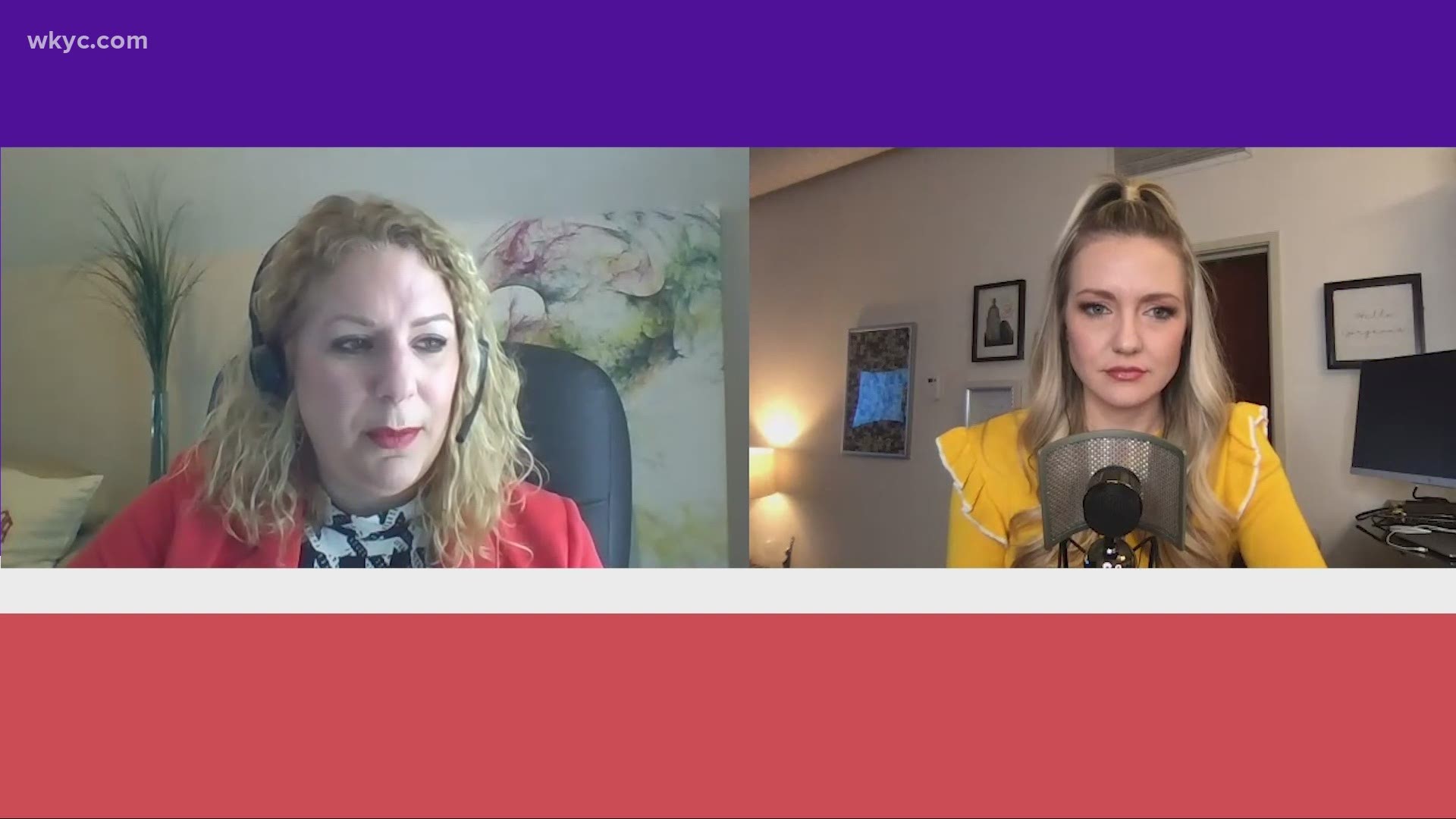CLEVELAND — When it comes to relationships and how we connect with each other, attachment styles may provide the most insight into understanding how and why we react to certain things.
On this week's 3 Things to Know with Stephanie Haney podcast, Cleveland Clinic psychologist Dr. Amy Sullivan explains how our attachment style, whether it be avoidant, anxious or secure, is a key piece to the puzzle of how we interact with our romantic partners, family, friends and acquaintances.
"Attachment styles [inform the] way that we relate to others in the world," Dr. Sullivan tells me, referring to the theory first described by Dr. John Bowlby in 1958 and later improved upon by Dr. Mary Ainsworth.
Dr. Sullivan walks us through how we develop our attachment style, the typical behaviors associated with each one, and what she thinks of one particular quiz meant to help you figure out which category you fall into, developed by the authors of the "Attached" (a book which personally helped me better understand and work through a very difficult, seemingly never-ending breakup).
Plus, I share why Mason's Creamery in Ohio City is the COVID-safe date idea that you Need to Know in NEO (especially in the winter months), and why Engage! Cleveland is such A Good Follow on Facebook, Instagram and Twitter.
Scroll down for the video version and for links to listen on your favorite podcast platform
When it comes to developing our attachment styles, a good portion of it is at least initially out of our control, according to Dr. Sullivan.
"Attachment is formed at the very beginning of life, due to our life experiences, our relationships," she says.
Despite the long-lasting impacts of our formative years, Dr. Sullivan says it is possible to change your attachment style if you'd like to.
And despite what you might think based on how they're named, Dr. Sullivan doesn't believe any one attachment style is objectively better than the others.
"[It's] very true that secure [individuals] grow up with consistent emotional support, but I also will say that with the consistency, sometimes people don’t push themselves outside of their box, so these people may need a little push to be a little bit more creative or to be a little bit more adventurous," she says. "So maybe we see that resiliency isn’t as high in the secure population."
For more on the pros and cons of each attachment style, including the rare mix of anxious-avoidance combined, and suggestions for how to make changes if you'd like to, listen to the full conversation by searching for "3 Things to know with Stephanie Haney" wherever you get your podcasts, or follow your preferred link below:
If you enjoy the show, remember to subscribe, leave a rating and review, and share it with your friends to help us connect with more people in Northeast Ohio.
Check out more episodes, including a thorough breakdown of each of the five love languages, at the links below.

